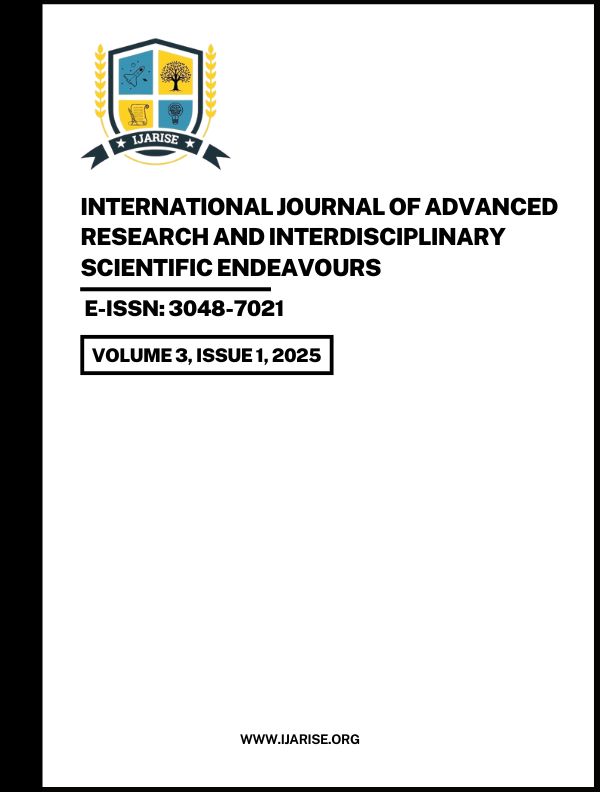Published 2025-07-30
Keywords
- Carbon Nanotubes,
- Mechanical,
- Aerospace,
- Materials
How to Cite
Copyright (c) 2025 International Journal of Advanced Research and Interdisciplinary Scientific Endeavours

This work is licensed under a Creative Commons Attribution 4.0 International License.
Abstract
Carbon nanotubes (CNTs) are one of the most significant nanomaterials because of their remarkable mechanical properties and special structural features. The present review addresses carbon nanotube mechanical behavior, especially single-walled carbon nanotube (SWCNT) and multi-walled carbon nanotube (MWCNT) mechanical behavior, and their utilization in improving the strength and performance of composite materials. CNTs have excellent tensile strength, in excess of 50 GPa, and high Young's modulus of up to 1 TPa. Due to these factors, they are very suitable for applications in reinforcing polymers, metals, and ceramics in composites. The addition of CNTs to different matrices has resulted in remarkable improvements in load-carrying capability, stiffness, and toughness. This review further emphasizes principal fields in which the composites of CNTs are used, such as aerospace frames, automobile components, building materials, and high-performance sport apparatus. With advantages come limitations such as poor dispersion within matrices, production costliness, and limited interfacial bonding. Furthermore, issues regarding toxicity and environmental impact require further study. This article will assist in gaining a clear insight into the mechanical properties of CNTs and their role in new composite materials. Research areas for the future are to find low-cost methods of manufacturing, refine dispersion methods, and apply them in commercial sectors in a safe and sustainable manner.


